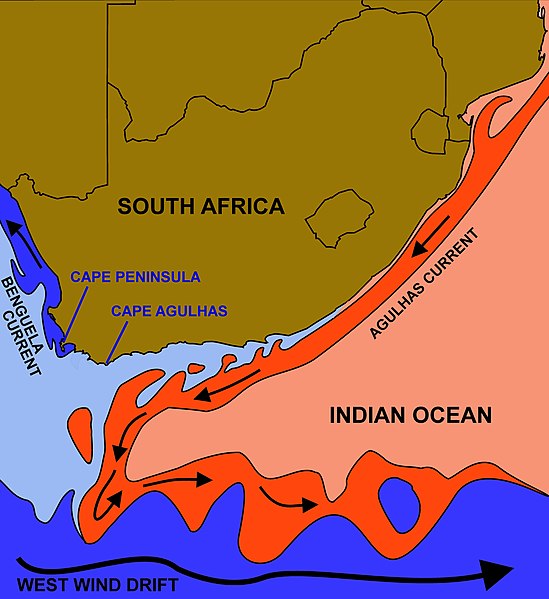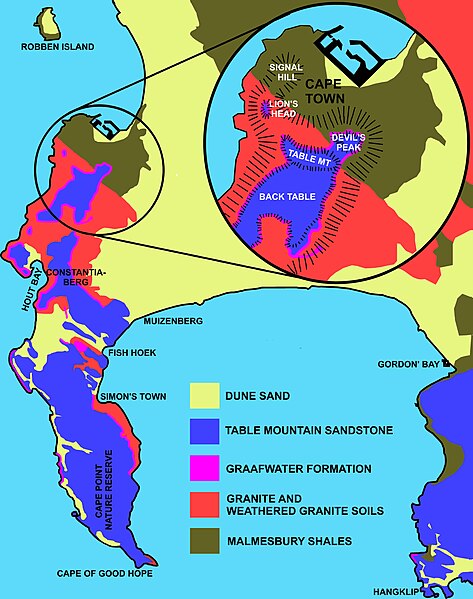Southern Afrotemperate Forest
Southern Afrotemperate Forest is a kind of tall, shady, multilayered indigenous South African forest.
This is the main forest-type in the south-western part of South Africa, naturally extending from the Cape Peninsula in the west, as far as Port Elizabeth in the east. In this range, it usually occurs in small forest pockets, surrounded by fynbos vegetation.
Southern Afrotemperate Forest growing on the eastern slopes of Table Mountain
Western Cape Talus growing near Betty's Bay
Western Cape Afrotemperate forest growing at Newlands Forest in Cape Town
Southern Cape Afrotemperate forest near Knysna
The Cape Peninsula is a generally mountainous peninsula that juts out into the Atlantic Ocean at the south-western extremity of the African continent. At the southern end of the peninsula are Cape Point and the Cape of Good Hope. On the northern end is Table Mountain, overlooking Table Bay and the City Bowl of Cape Town, South Africa. The peninsula is 52 km long from Mouille point in the north to Cape Point in the south. The Peninsula has been an island on and off for the past 5 million years, as sea levels fell and rose with the ice age and interglacial global warming cycles of, particularly, the Pleistocene. The last time that the Peninsula was an island was about 1.5 million years ago. Soon afterwards it was joined to the mainland by the emergence from the sea of the sandy area now known as the Cape Flats. The towns and villages of the Cape Peninsula and Cape Flats, and the undeveloped land of the rest of the peninsula now form part of the City of Cape Town metropolitan municipality. The Cape Peninsula is bounded to the north by Table Bay, to the west by the open Atlantic Ocean, and to the east by False Bay in the south and the Cape Flats in the north.

View of the Cape Peninsula showing the City of Cape Town and False Bay in the background from the International Space Station, May 2019
The Cape of Good Hope; looking towards the west over Diaz Beach, from the coastal cliffs above Cape Point.
The courses of the warm Agulhas current (red) along the east coast of South Africa, and the cold Benguela current (blue) along the west coast. Note that the Benguela current does not originate from Antarctic waters in the South Atlantic Ocean, but from upwelling of water from the cold depths of the Atlantic Ocean against the west coast of the continent. The two currents do not "meet" anywhere along the south coast of Africa.
Geology of the Cape Peninsula, showing where the Malmesbury Group and Cape Granite rocks and weathered soils are exposed, and overlain by the Cape Supergroup. The hard, erosion resistant Cape Supergroup form the mountains of the Peninsula.








